Preventing Aquatic Invasive Species in Canada Cleaning Watercraft
What is Aquatic Invasive Species (AIS)?
Invasive species are plants, animals, and insects that occur in areas outside of their natural range and threaten the health of the ecosystem.
Aquatic invasive species are fish, invertebrate or plant species that have been introduced into a new aquatic environment, outside of their natural range.
Why we need to stop the spread of invasive species?
Once introduced, aquatic invasive species populations can grow quickly because they don’t have natural predators in their new environment. As a result, they can outcompete and harm native species. They can even alter habitats to make them inhospitable for the native species. This is especially concerning for species at risk.
There are other aquatic species such as viruses, bacteria, parasites and other micro-organisms that can have equally devastating impacts in the aquatic environment.
Help stop the spread!
Take preventative actions to stop the spread of aquatic invasive species.
Preventing aquatic invasive species in Canada
Everyone can help prevent the introduction of aquatic invasive species and limit their spread before they become a bigger problem.
What action should be taken to avoid the spread of aquatic invasive species?
General measures to prevent the introduction and spread of aquatic invasive species include:
- learning about them, including how to recognize them
- cleaning, draining and drying any equipment used in the water before storing it or moving it to a different body of water
- never moving species, organisms or water from one body of water to another
- keeping any aquatic plant or animal, such as live bait or pets from aquariums, out of the natural environment or sewers
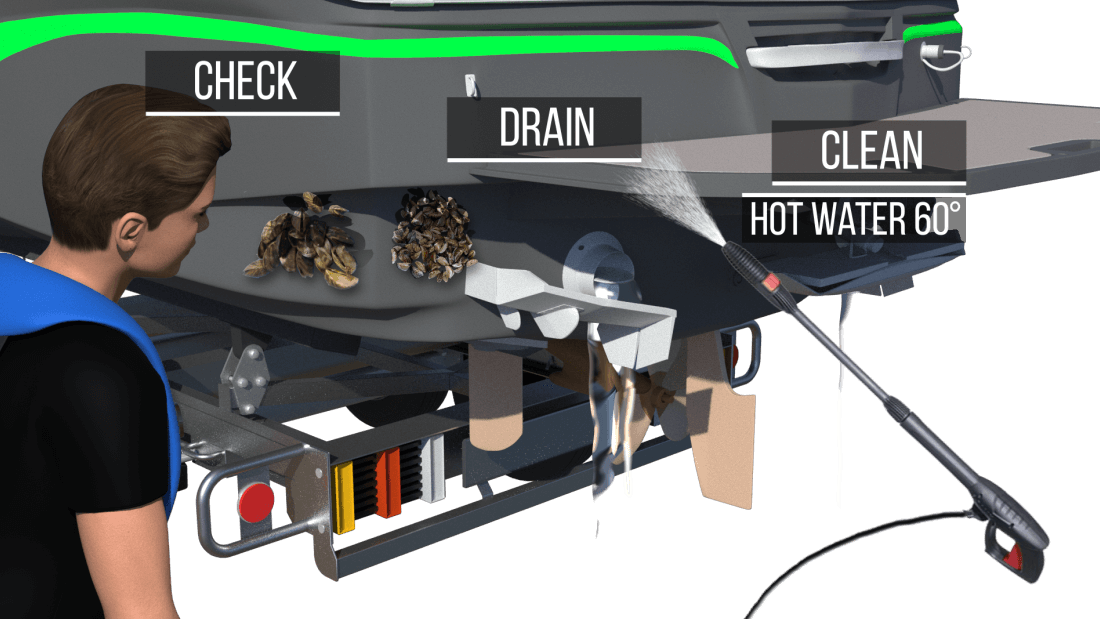
Environmental and economic problems caused by the dense growth of these weeds include impairment of water-based recreation, navigation, flood control, water quality and fish and wildlife habitat.
Boaters should be conscientious when pulling their boats from recreational waters. You should inspect the boat and trailer, before you leave the ramp area, and remove any suspected aquatic nuisance species and mud in order to eliminate their spread to other waters that may be visited.
Please consult with your state marine patrol and local marinas to identify non-indigenous species in your area.
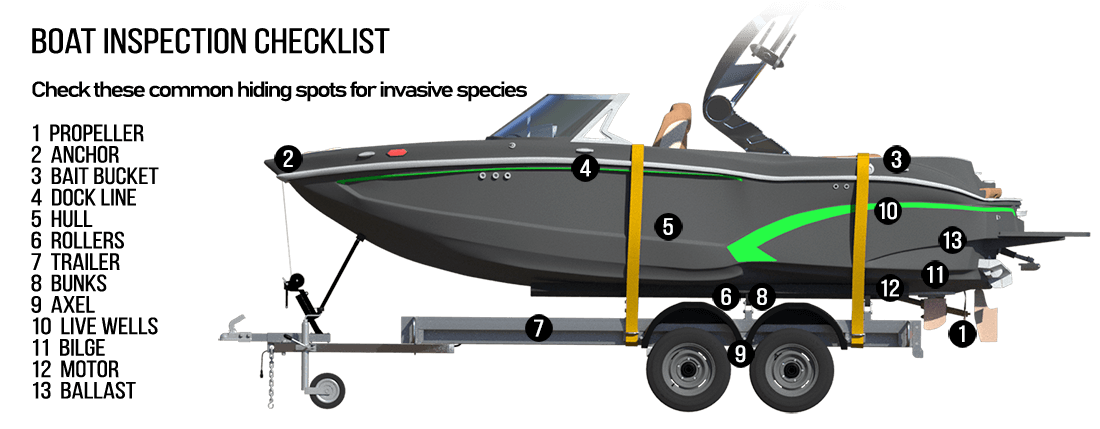
What are the aquatic invasive species in Canada?
Many aquatic invasive species are already established in Canada, including:
Aquatic invasive invertebrates
European green crab
Is a species of crab native to the northeastern Atlantic Ocean and Baltic Sea. It is often considered one of the world's most invasive species due to its ability to thrive in a wide range of environmental conditions and its aggressive feeding habits, which can have significant impacts on native ecosystems.
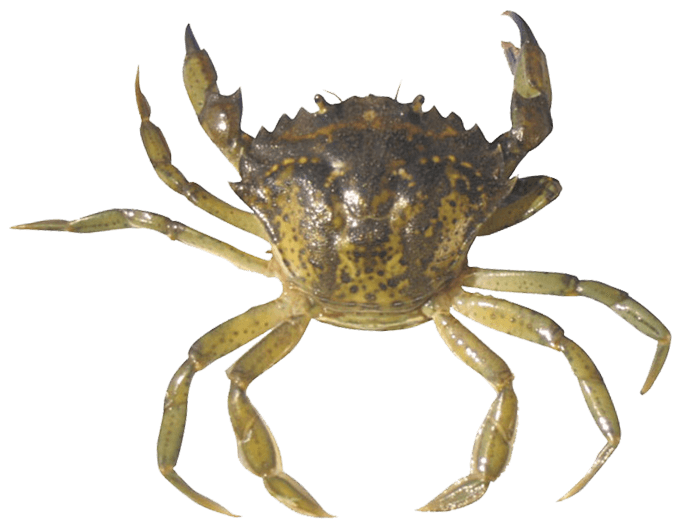
Rusty crayfish
The rusty crayfish is a freshwater invasive species commonly found in North America. Originally native to the Ohio River basin, it has spread to various water bodies across the United States and parts of Canada.
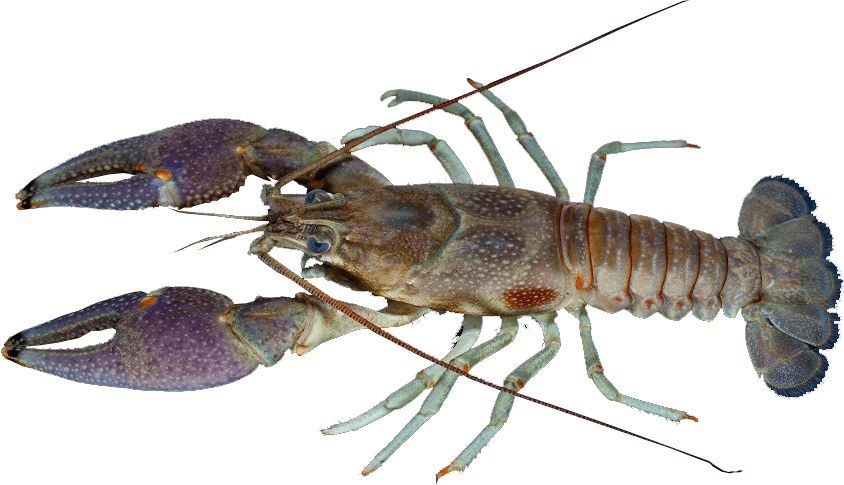
Quagga mussel
The quagga mussel is a species of freshwater mussel native of Ukraine.
Quagga mussels are small, fingernail-sized bivalve mollusks with striped patterns on their shells. They extract plankton and other microscopic organisms from the water column for food. They reproduce prolifically, with each female capable of producing up to a million eggs per year.
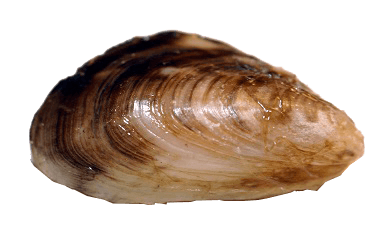
Zebra mussels
Zebra mussels are small, invasive freshwater mollusks native of Asia.
Zebra mussels are named for the dark, zigzag-striped pattern on their shells. They extract plankton and other microscopic organisms from the water column for food. They reproduce rapidly, with each female capable of producing up to a million eggs per year.

Chinese mystery snail
The chinese mystery snail is a freshwater snail species native to East Asia.
Chinese mystery snails are large gastropods, typically growing up to around 2 inches in shell length. They have a rounded, conical shell with whorls and can vary in color from light to dark brown, sometimes with dark bands.

Aquatic invasive fishes
Grass carps
Grass carp are large, herbivorous freshwater fish native to eastern Asia. They are known for their ability to consume large amounts of aquatic vegetation, making them useful for biological control of aquatic plants in certain situations.
Grass carp have elongated bodies with large scales and can grow quite large, often reaching lengths of over three feet and weights exceeding 40 pounds.
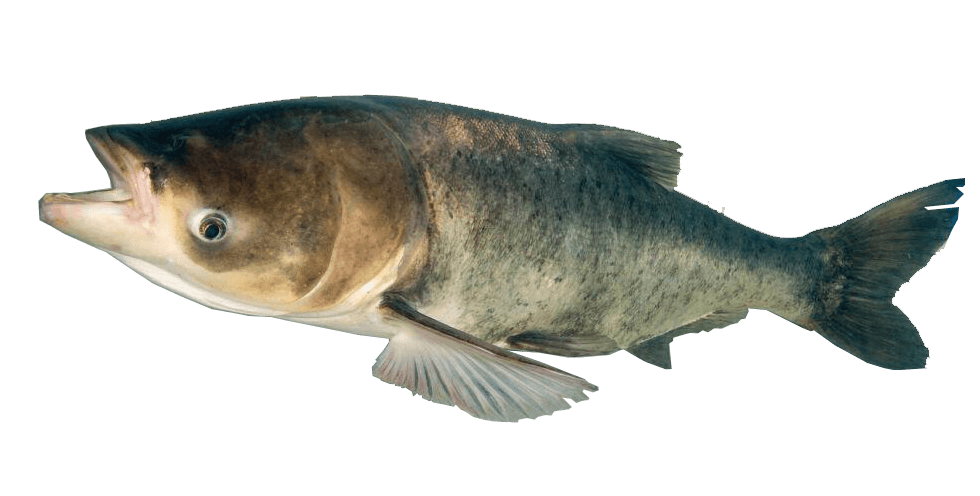
Round goby
The round goby is a small, invasive fish species native from Europe and Asia. It was first introduced to the Great Lakes region of North America in the 1990s, likely through ballast water discharge from ships.
Round gobies are characterized by their rounded bodies, large heads, and distinctive black spot on their dorsal fin. They typically grow to around 4 to 10 inches in length. These fish are highly adaptable and can thrive in a variety of habitats, including rocky and sandy bottoms, as well as in both freshwater and brackish water environments.

Sea lamprey
The sea lamprey is a parasitic fish native to the northern Atlantic Ocean. It has a distinctive eel-like appearance, with a cylindrical body and a mouth filled with concentric rings of sharp teeth.
Sea lampreys are infamous for their parasitic feeding behavior. As adults, they migrate from the ocean into freshwater rivers. During this migration, they attach themselves to other fish species using their suction cup-like mouth and sharp teeth. They then use a rasping tongue to scrape away the flesh and body fluids of their hosts, feeding on their blood and tissues.

Smallmouth bass
The smallmouth bass is a species of freshwater fish native to North America, particularly in the eastern and central parts of the continent.
They are characterized by their bronze or brownish-green coloration with dark vertical bands along their sides, as well as their robust bodies and relatively small mouths compared to largemouth bass.
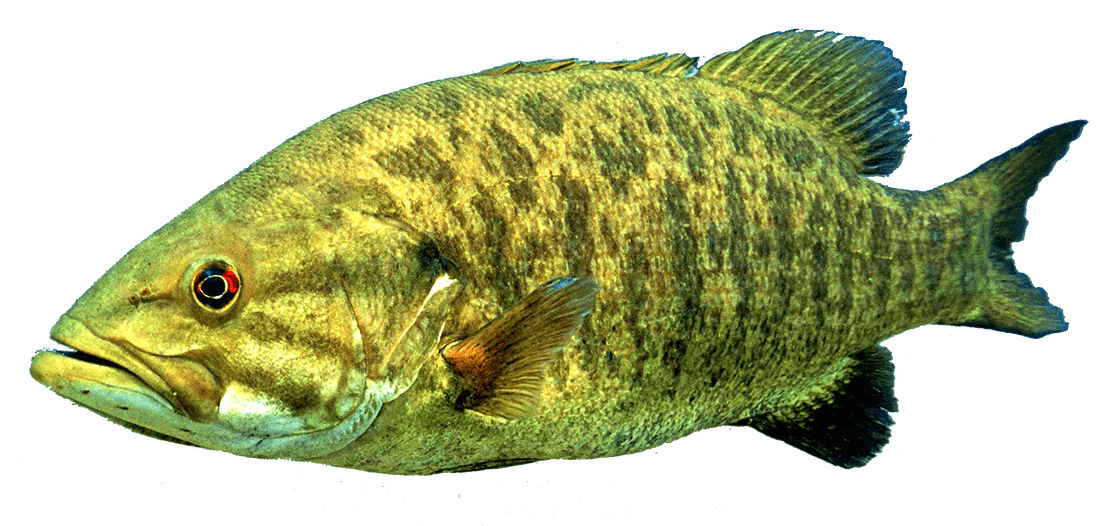
Aquatic invasive plants
Myriophyllum spicatum
Myriophyllum spicatum, commonly known as Eurasian watermilfoil, is a submerged aquatic plant species native. Myriophyllum is characterized by its feathery, finely divided leaves and reddish stems. Eurasian watermilfoil typically grows in freshwater habitats.
It is often spread through human activities such as boating and fishing Once established in a water body, Eurasian watermilfoil can form dense mats of vegetation that can crowd out native plants and disrupt aquatic ecosystems.

Brazilian elodea
Brazilian elodea is native to South America, including Brazil, Uruguay, and Argentina. Brazilian Elodea is often used in freshwater aquariums and ponds due to its attractive appearance and ease of cultivation.
Brazilian Elodea is a submerged aquatic plant with long, slender stems and whorls of dark green leaves. It can grow rapidly and form dense mats of vegetation in aquatic environments, providing habitat for small fish and invertebrates.
